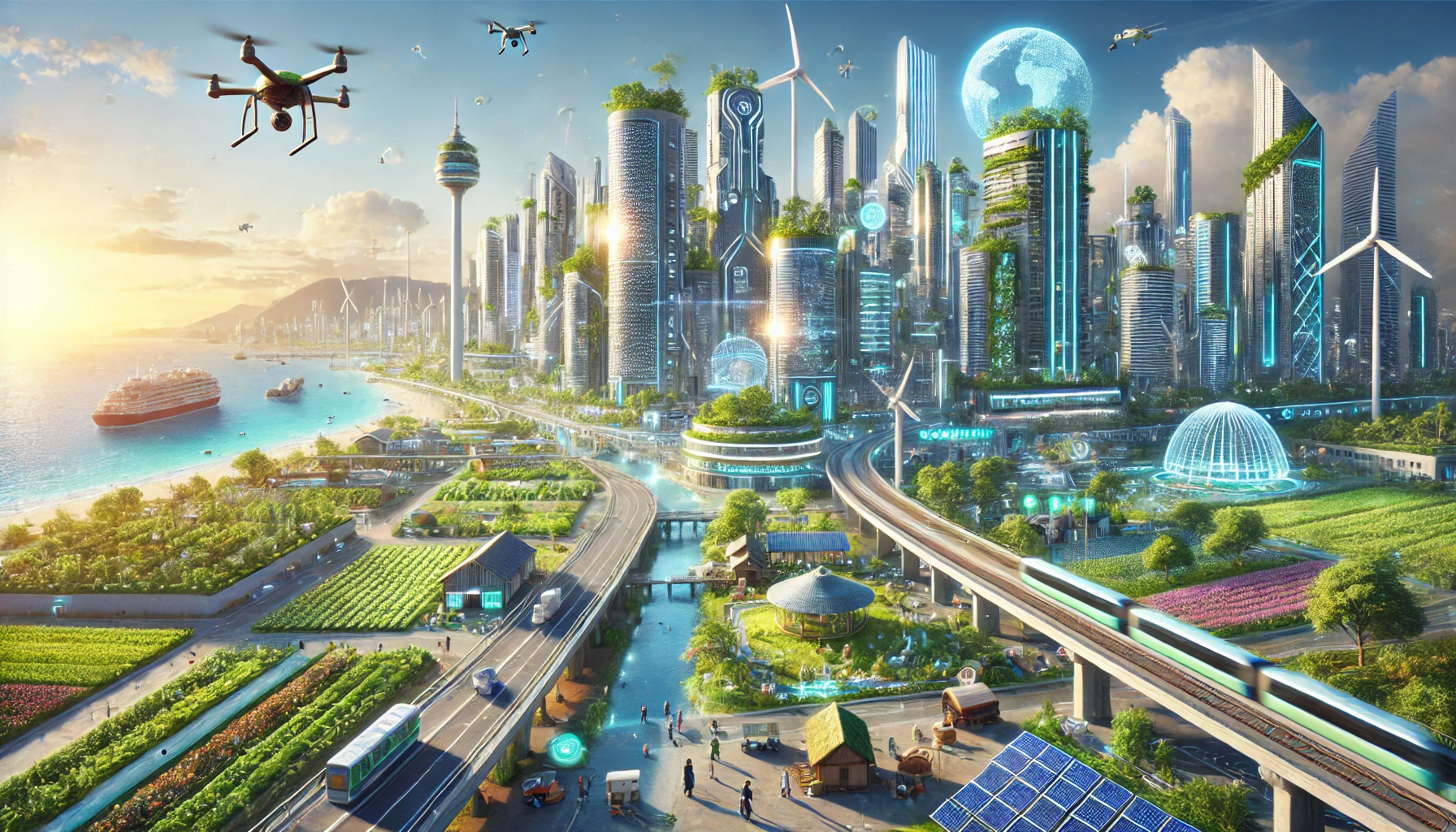Resilience APAC: Asia-Pacific Hub for Reform shows how green hydrogen industrial use is accelerating across Asia-Pacific through ambitious industrial projects and partnerships.
APAC emerges as hub for green hydrogen industrial use
Across Asia-Pacific, governments and companies are prioritizing green hydrogen industrial use to cut emissions from hard-to-abate sectors. Major industrial clusters are testing hydrogen at scale to replace coal, oil, and natural gas.
Countries such as Australia, Japan, South Korea, India, and China are building complete hydrogen value chains. They link renewable power, electrolysers, storage, transport, and final industrial applications.
These projects target heavy industries like steel, cement, refining, and chemicals that cannot decarbonize easily with electrification alone. As a result, APAC is turning into a test bed for commercial hydrogen solutions.
Flagship APAC projects driving early adoption
Several landmark projects are now shaping green hydrogen industrial use in the region. Australia hosts some of the world’s largest planned hydrogen hubs integrated with solar and wind power.
In addition, Japanese trading houses and utilities are partnering with Australian developers to secure long-term hydrogen and ammonia supplies. These supplies will feed power plants, refineries, and industrial boilers in Japan and South Korea.
India is rolling out large industrial pilot projects linked to its National Green Hydrogen Mission. Meanwhile, China focuses on connecting renewable-rich regions with industrial centers using dedicated hydrogen pipelines and ammonia routes.
Steel sector leads green hydrogen industrial experiments
The steel industry is central to the growth of green hydrogen industrial use because it is one of the largest carbon emitters. Traditional blast furnace processes depend heavily on coking coal.
Several APAC steelmakers are testing direct reduced iron (DRI) processes using green hydrogen instead of coal-based reduction. This technology can cut emissions drastically from primary steelmaking.
On the other hand, industrial clusters in India and Australia are combining iron ore resources, renewables, and hydrogen-based DRI plants. These initiatives aim to create export-grade green steel for international markets.
Refining and chemicals accelerate hydrogen integration
Refining and petrochemical plants already consume large volumes of hydrogen produced from fossil fuels. Therefore, they are natural early adopters of green hydrogen industrial use.
Replacing grey hydrogen with green hydrogen reduces the carbon intensity of fuels, fertilizers, and chemicals without redesigning entire facilities. This transition can be done step by step, aligned with electrolyser deployment.
Refineries across Japan, South Korea, India, and Southeast Asia are evaluating co-processing strategies. They plan to blend increasing shares of green hydrogen and green ammonia into existing units and burners.
Power and mobility demand support industrial scaling
While industry is the long-term anchor, power generation and mobility are supporting green hydrogen industrial use in APAC. Gas turbines, blended hydrogen firing, and fuel cells create additional offtake.
Read More: Global hydrogen review highlighting emerging industrial and energy applications
Japan and South Korea are running power plant trials with hydrogen and ammonia co-firing. Meanwhile, hydrogen buses, trucks, and port equipment create steady local demand near industrial ports and logistics hubs.
This broader ecosystem improves project bankability and encourages investment into shared infrastructure, including storage caverns, pipelines, and export terminals.
Infrastructure and policy shaping green hydrogen industrial use
Policy support is essential to sustain green hydrogen industrial use. APAC countries are introducing tax incentives, auctions, and contracts for difference to bridge the current cost gap.
In addition, regional governments are publishing hydrogen roadmaps that prioritize industrial clusters, ports, and special economic zones. These hubs help consolidate demand and reduce infrastructure duplication.
Standardization, safety frameworks, and certification schemes are also gaining attention. They ensure that exported hydrogen and derivatives truly qualify as renewable-based and low carbon.
Cost challenges and technology learning curves
Despite strong momentum, green hydrogen industrial use still faces significant cost barriers. Electrolysers, renewable power integration, storage, and transport all add expenses.
However, falling solar and wind prices across APAC help narrow the gap versus fossil-based hydrogen. Scaling up electrolyser manufacturing in China, India, and other markets also lowers equipment costs over time.
Industrial users sign long-term offtake contracts to provide revenue certainty for developers. Meski begitu, many projects still depend on public funding, concessional finance, and international climate partnerships.
Regional collaboration and export opportunities
Cross-border collaboration is reshaping green hydrogen industrial use strategies. Resource-rich countries such as Australia and India are positioning themselves as exporters to Japan, South Korea, and Singapore.
Meanwhile, importing countries invest in shipping, receiving terminals, and regasification or cracking facilities. They test various carriers, including ammonia, liquid hydrogen, and synthetic fuels.
These trade flows support industrial decarbonization on both ends. Exporters build new value chains around renewables, while importers secure low-carbon feedstock for power, refining, and heavy industry.
Future outlook for APAC industrial decarbonization
The outlook for green hydrogen industrial use in APAC remains highly dynamic. More demonstration plants are shifting into commercial stages, supported by clearer policy signals and corporate climate targets.
After that, scaling will depend on faster permitting, grid expansion, and streamlined infrastructure planning. Independent certification of green hydrogen and derivatives will be crucial for international trade growth.
In the long run, APAC’s success with green hydrogen industrial use could determine global progress on heavy-industry decarbonization and influence investment decisions worldwide.



